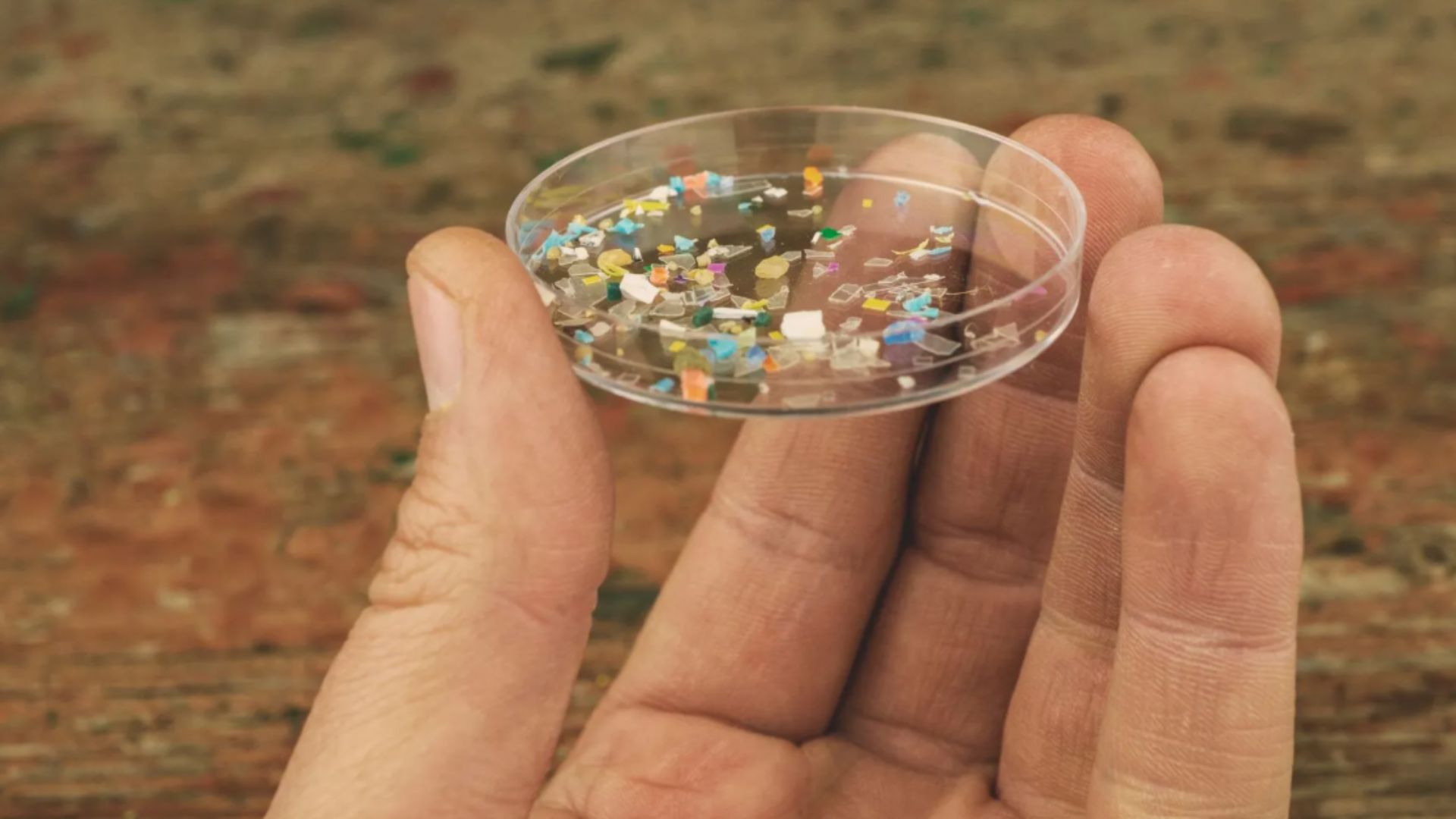Plastic threat runs skin-deep as ocean alters particle behavior

Source: interestingengineering
Author: @IntEngineering
Published: 10/17/2025
To read the full content, please visit the original article.
Read original articleA recent study by Texas A&M University researchers reveals that nanoplastics—tiny plastic fragments resulting from larger plastic waste—can penetrate the skin’s protective barrier more effectively after acquiring environmental coatings from seawater. Dr. Wei Xu and his team demonstrated that when nanoplastics interact with substances in the ocean, such as proteins and chemicals, they develop surface coatings that help them evade the skin’s immune defenses and cellular disposal mechanisms. This “camouflage” allows the particles to accumulate inside skin cells, potentially increasing their ability to infiltrate the body and carry harmful substances with them.
To simulate real-world conditions, the researchers immersed lab-created nanoplastic beads in seawater from Corpus Christi, Texas, before exposing them to cultured skin cells. They found that these environmentally coated particles were significantly better at avoiding immune attacks compared to untreated nanoplastics. The study highlights the complexity of nanoplastic behavior in natural environments, emphasizing that changing environmental factors—such as algal blooms, toxins, or flooding—could alter particle
Tags
materialsnanoplasticsenvironmental-coatingsskin-penetrationpollutiontoxicologybiomedical-research